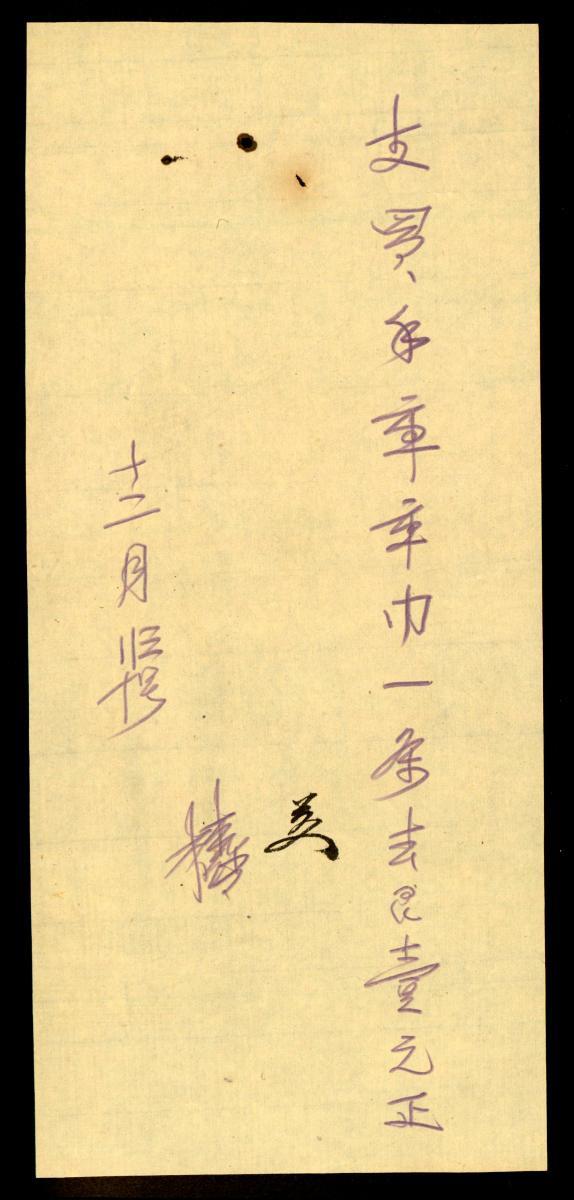Indian silversmiths made intricate and elegant silver objects to meet the needs of Europeans settled in the region as well as for export; Cutch, Lucknow, Madras, Kashmir were important centres of production. Tea services, bowls, ewers, mugs, goblets, and jugs were the most common shapes created. These were fashionable possessions beautifying the sideboards of many European officers and affluent Indians. While the early demand for European forms and embellishment determined the work of the silversmith, by the 19th century, silvermsiths adopted a unique local style incorporating regional motifs and patterns; reflecting popular local taste and designs.Bezoar (probably a derivative of the Persian word ‘pad-zhar’, meaning antidote) stone, found in the digestive systems of animals such as sheep, deet, etc were prized for their medicinal properties. In the 17th century, due to the scarcity of bezoars, Goa stones, artifical versions of bezoars, were produced by Jesuit priests settled in Goa, for consumption in the same way as the natural bezoars – scrapings from the stone were taken with tea or water as a remedy for ailments such as epilepsy or as an antodite to poison. Until the 18th century, when their importance declined, such stones could sell for more than their weight in gold and were often contained in such cases exhibiting superior silver or gold craftsmanship.This is a rare example of a Goa stone box; fine, oblong, and spherical. It is larger than most available examples. Composed of two halves, each is decorated with foliage inspired engracved detail, and an inner layer of hammered silver sheet; the silver of the upper and gilded inner layer providing a pleasing contrast.















